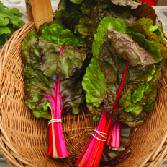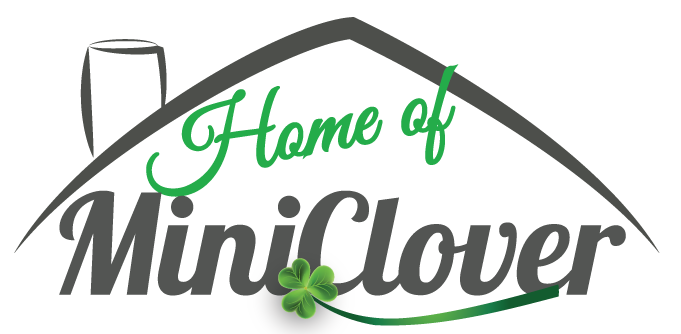-
CATEGORY ::
- All Seeds /
- All Ground Cover Seeds
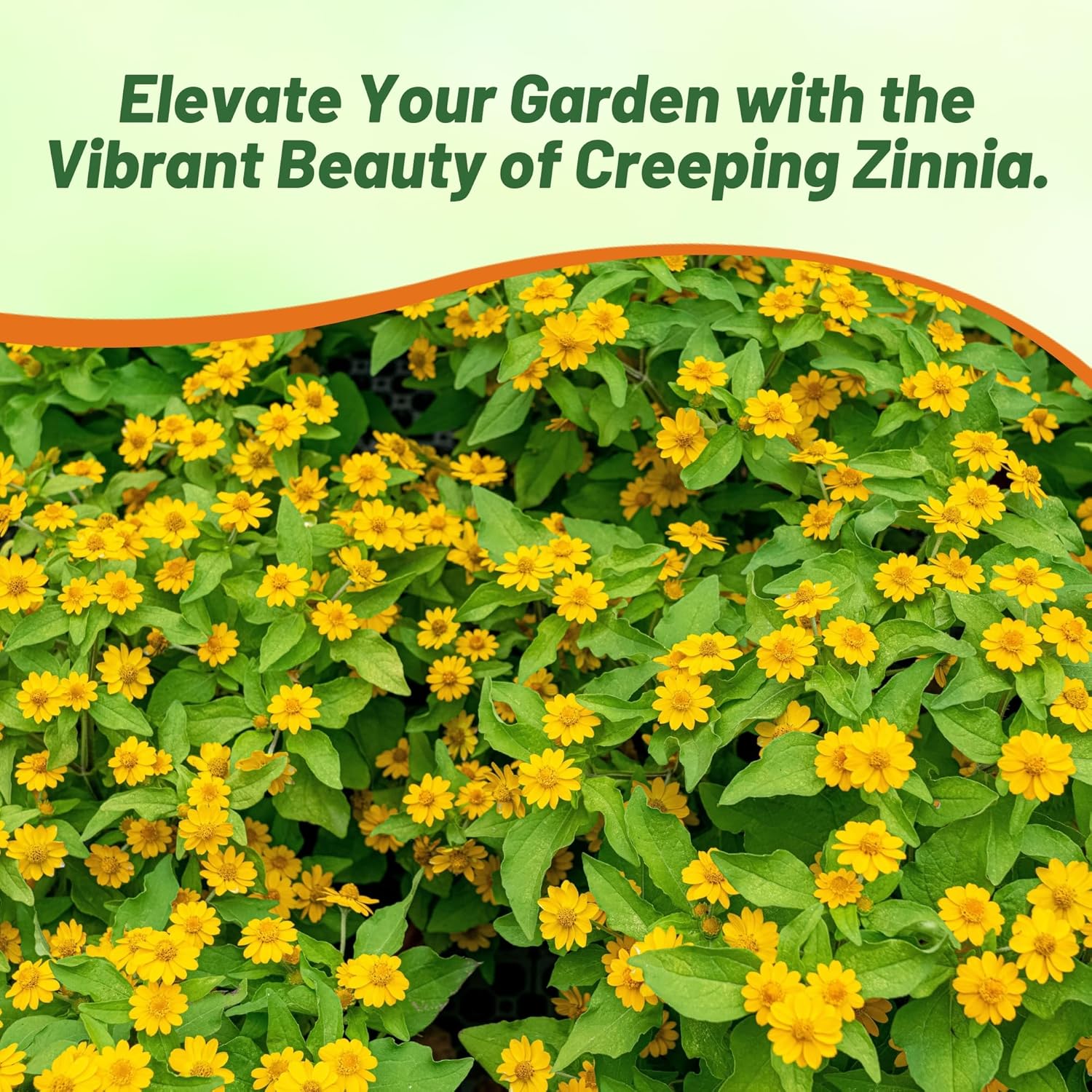

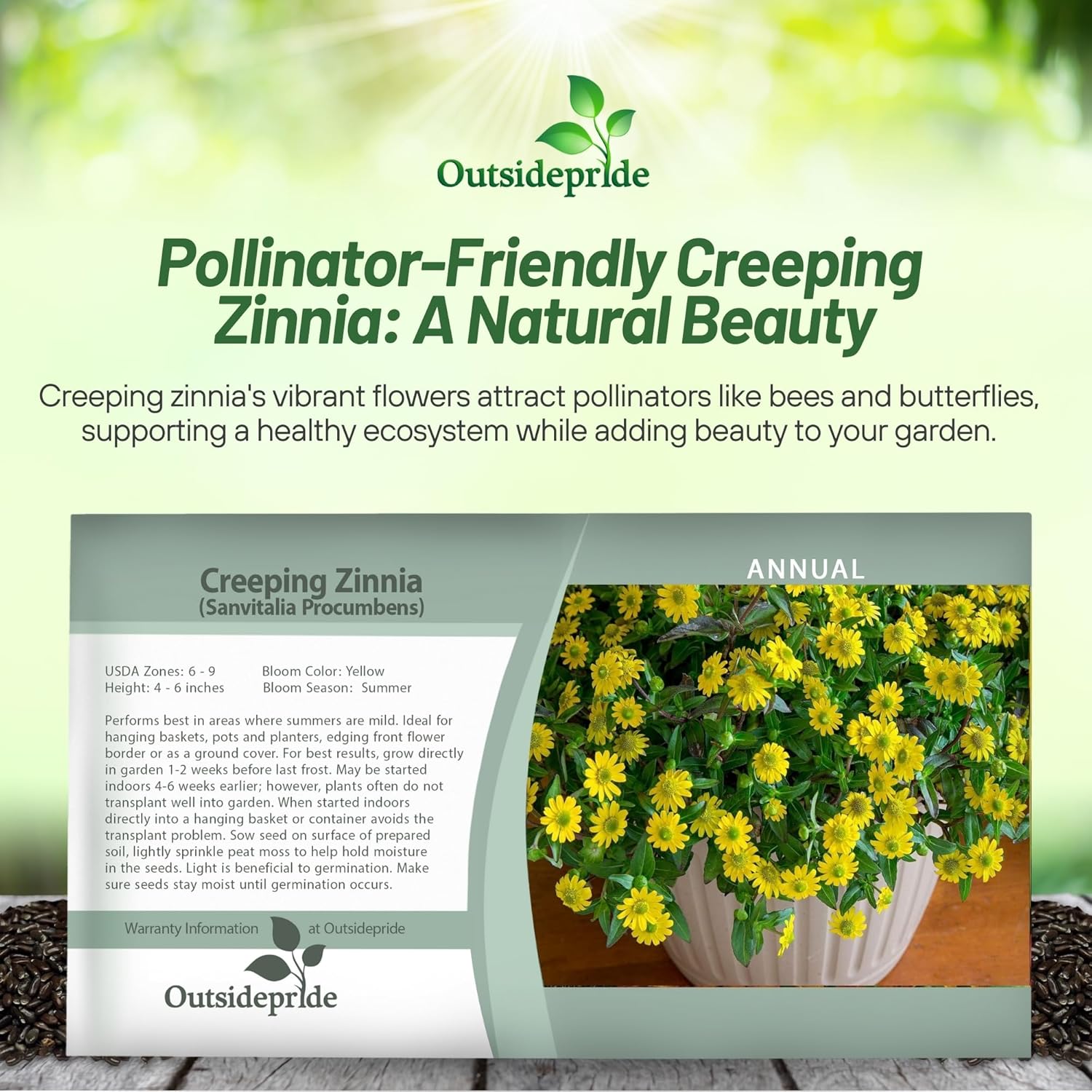
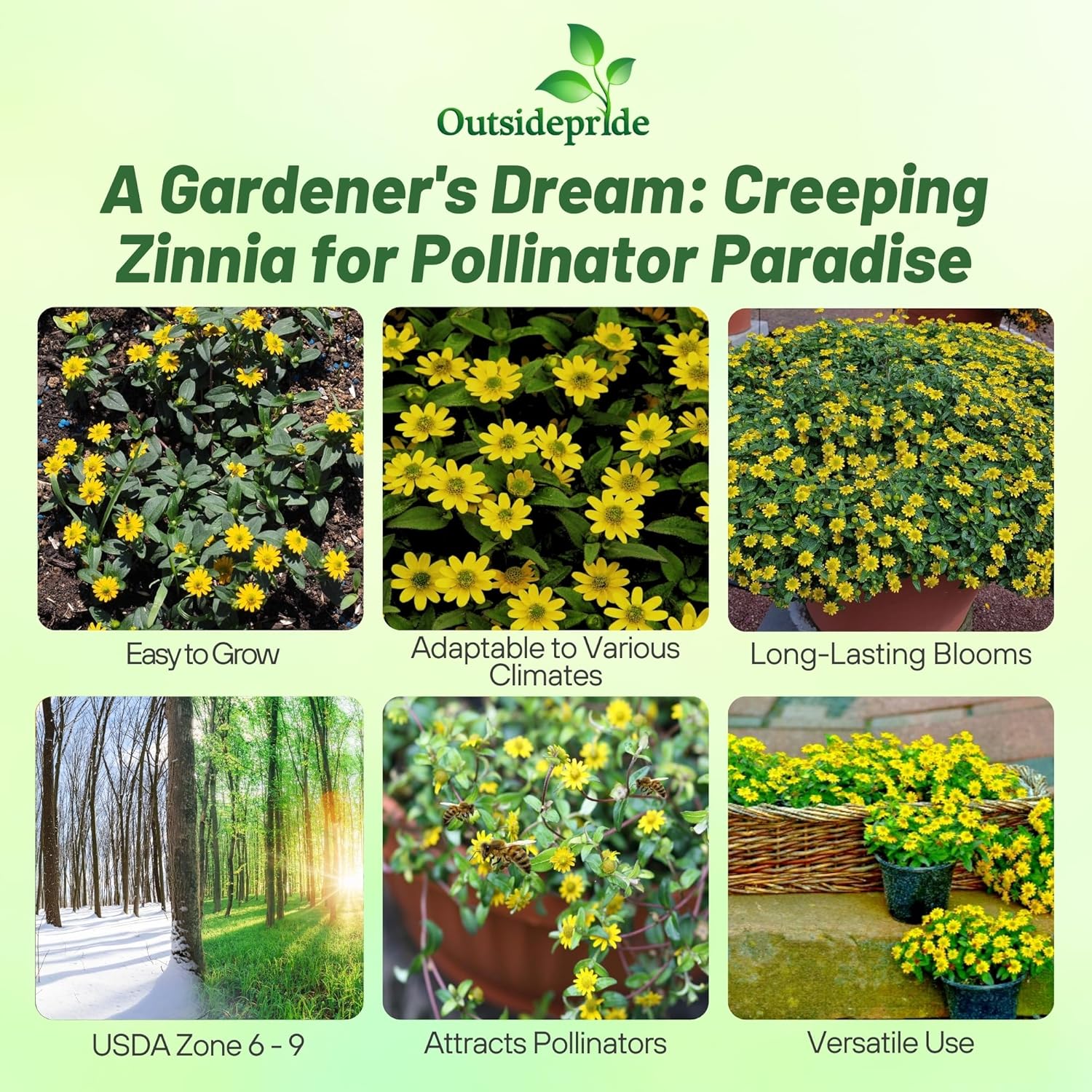
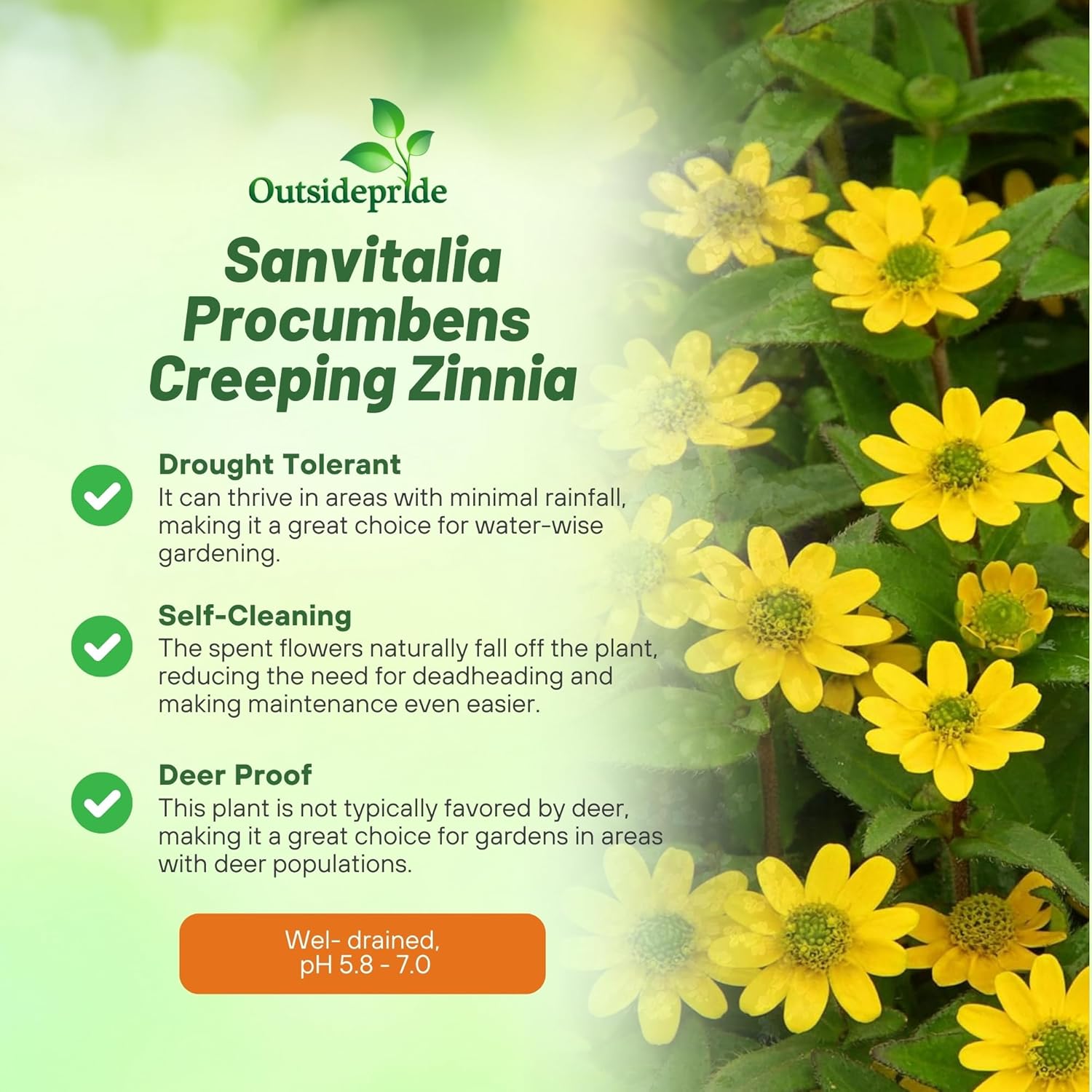

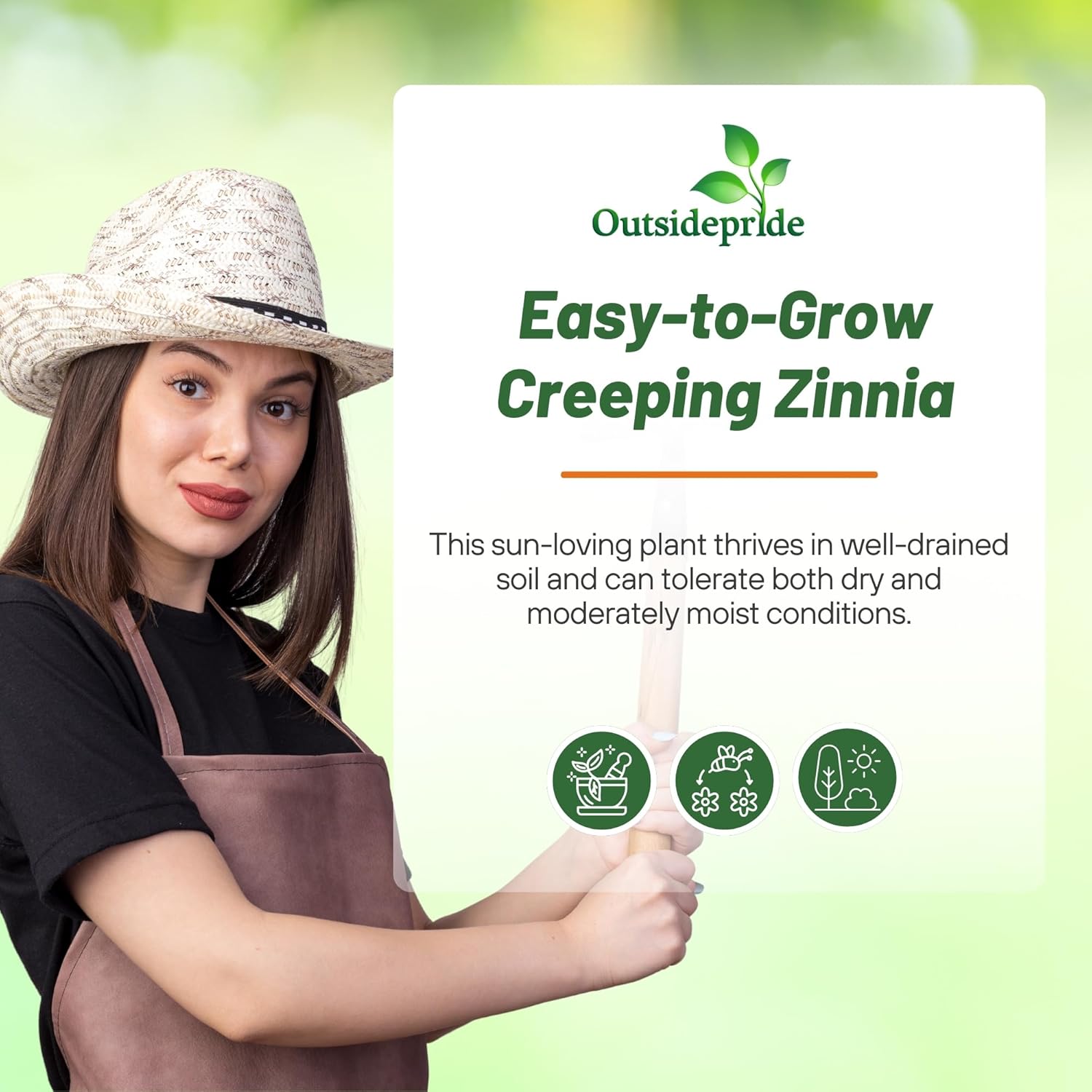




Creeping Zinnia Seeds
SEASON
Annual
USDA ZONES
6 - 9
HEIGHT
4 - 6 inches
WIDTH
BLOOM SEASON
Summer
BLOOM COLOR
Yellow
ENVIRONMENT
Full sun
SOIL TYPE
Well-drained, pH 5.8 - 7.0
DEER RESISTANT
Yes
SEASON
Perennial
USDA ZONES
4 - 8
HEIGHT
12 - 18 inches
BLOOM SEASON
Winter
BLOOM COLOR
White
ENVIRONMENT
Partial shade
SOIL TYPE
Moist, well-drained, pH 6.2 - 7.4
DEER RESISTANT
Yes
HOUSE PLANT
Yes
SEASON
Perennial
USDA ZONES
3 - 8
HEIGHT
4 inches
WIDTH
4 inches
BLOOM SEASON
Spring and summer
BLOOM COLOR
White
ENVIRONMENT
Full sun to partial shade
SOIL TYPE
Well-drained, pH 5.8 - 6.8
HOUSE PLANT
No
DEER RESISTANT
Yes
SEASON
Perennial
USDA ZONES
5 - 9
HEIGHT
4 - 6 inches
WIDTH
12 - 16 inches
BLOOM SEASON
Early to late Summer
BLOOM COLOR
White
ENVIRONMENT
Full sun
DEER RESISTANT
Yes
SEASON
Perennial
USDA ZONES
7 - 9
HEIGHT
1 - 2 inches
WIDTH
6 - 12 inches
BLOOM SEASON
Summer
BLOOM COLOR
Green
GROWTH RATE
Fast
ENVIRONMENT
Partial shade to full shade
FOOT TRAFFIC
Moderate
DEER RESISTANT
Yes
SEASON
Perennial
USDA ZONES
4 - 10
HEIGHT
20 inches
WIDTH
20 inches
BLOOM SEASON
Summer through frost
BLOOM COLOR
Pink
GROWTH RATE
Aggressive
ENVIRONMENT
Full sun to partial shade
DEER RESISTANT
No
SEASON
Annual
USDA ZONES
5 - 10
HEIGHT
6 inches
WIDTH
12 inches
BLOOM SEASON
Mid summer to early fall
BLOOM COLOR
Scarlet
GROWTH RATE
Fast
ENVIRONMENT
Full sun to partial shade
DEER RESISTANT
Yes
SEASON
Perennial
USDA ZONES
5 - 11
HEIGHT
6 - 12 inches
WIDTH
12 - 24 inches
FOLIAGE COLOR
Green
FLOWER COLOR
Blue
FALL COLOR
Foliage may turn brown with cold winters
SOIL REQUIREMENT
Average, medium, well-drained soil
ENVIRONMENT
Full sun to partial shade
DEER RESISTANT
Yes
MOISTURE REQUIREMENTS
Requires weekly watering during extreme heat for first year
LATIN NAME
Liriope muscari
About...
Creeping Zinnia (Sanvitalia Procumbens) - What a delightful flowering ground cover plant! So easy to grow from Creeping Zinnia seeds, and what charm and beauty if offers all summer long. Sanvitalia Procumbens Creeping Zinnia is a low-growing, mat-forming annual that spreads 12 - 18 inches making it ideal for a summer ground cover.
MORE GROUND COVER OPTIONS
Planting Directions
TEMPERATURE
70F
AVERAGE GERM TIME
7 - 21 days
LIGHT REQUIRED
Yes
DEPTH
Cover seed lightly with peat moss
SOWING RATE
Approximately 2000 seeds covers 40 square feet
MOISTURE
Keep soil slightly moist but not wet until germination
PLANT SPACING
15 - 18 inches
NOTE
For detailed directions for indoor and outdoor planting, please ...more For detailed directions for indoor and outdoor planting, please Click Here...less
CARE & MAINTENANCE
Creeping Zinnia...less
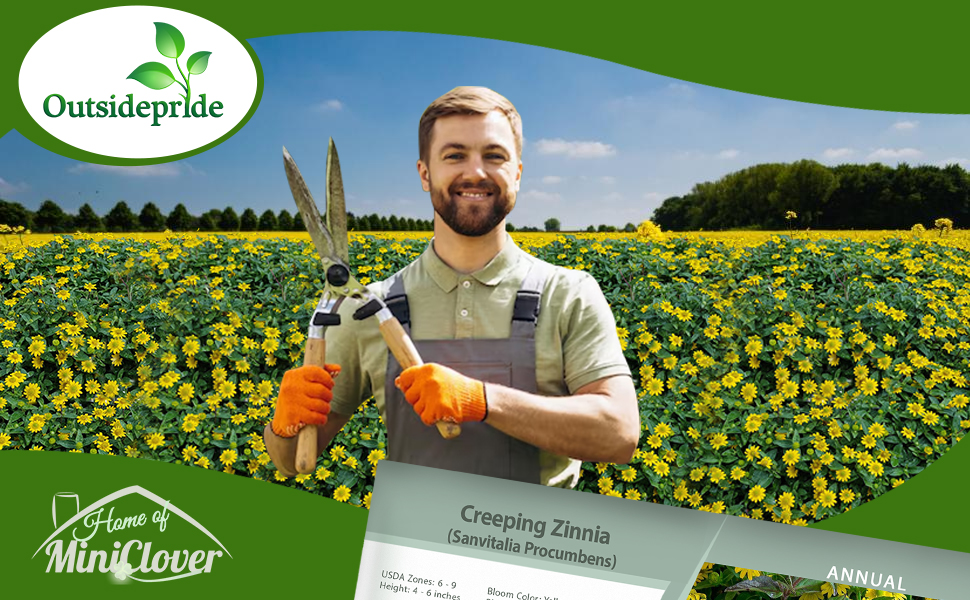
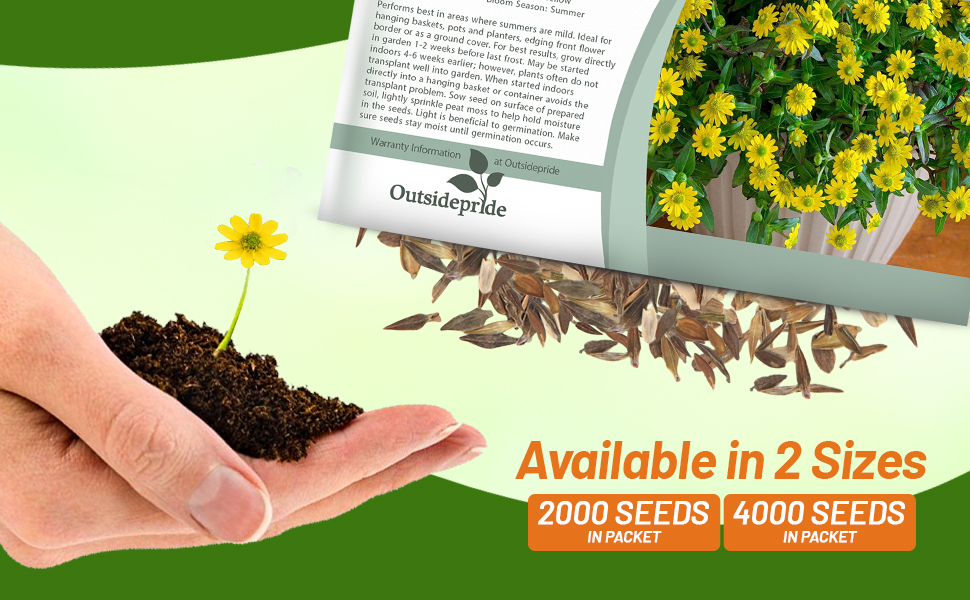
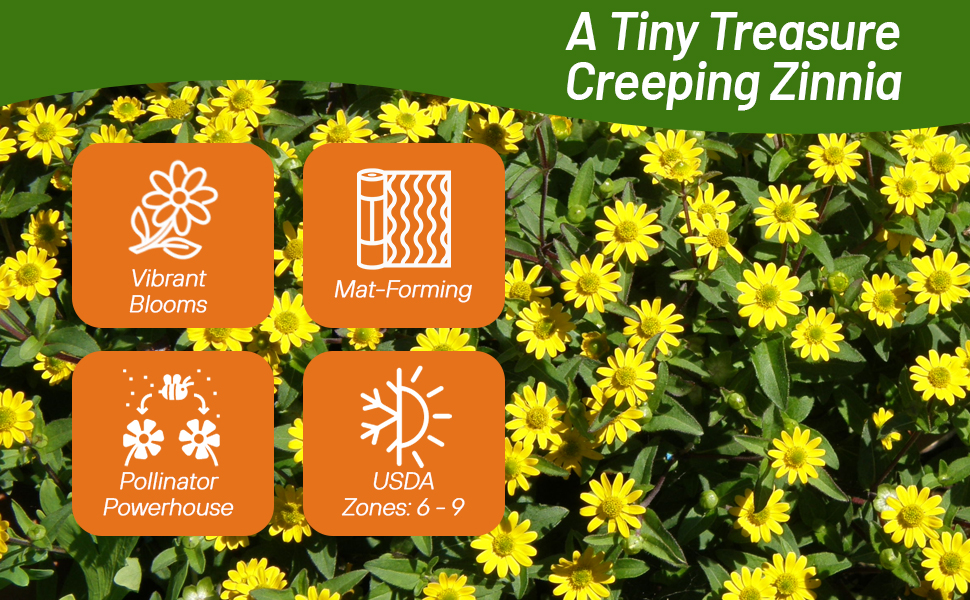
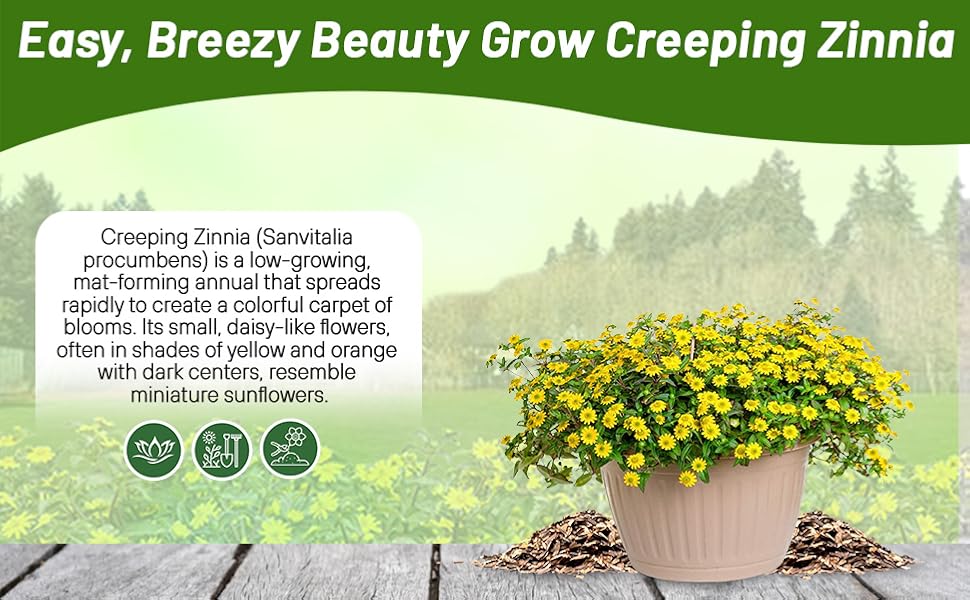
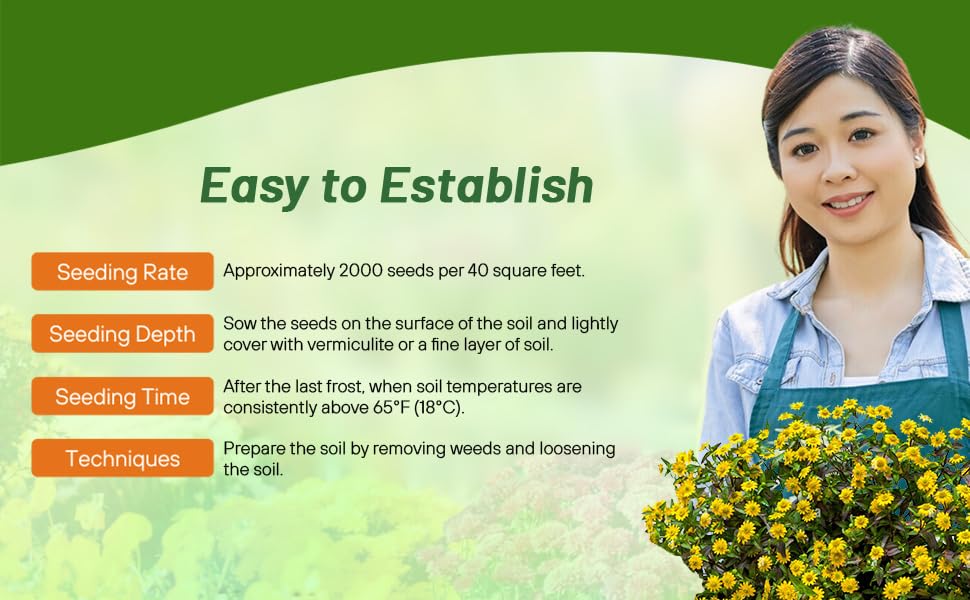
Creeping Zinnia (Sanvitalia Procumbens) - What a delightful flowering ground cover plant! So easy to grow from Creeping Zinnia seeds, and what charm and beauty if offers all summer long. Sanvitalia Procumbens Creeping Zinnia is a low-growing, mat-forming annual that spreads 12 - 18 inches making it ideal for a summer ground cover. The trailing little plants create a profusion of 3/4 inch semi-double orange flowers with dark centers. They look like mini-sunflowers!
Common Questions
Does creeping zinnia make a good landscape plant?
Yes, these flowers make lovely ground covers and can be used in containers.
Do flowers have a fragrance?
No, these flowers are known for their attractive cheerful flowers not their fragrance.
Do I need to deadhead my spent blooms?
Deadheading will promote fuller blooms.
Planting Directions
TEMPERATURE
70F
AVERAGE GERM TIME
28 - 56 days
LIGHT REQUIRED
Yes
DEPTH
1/16 inch
SOWING RATE
5 seeds per plant
MOISTURE
Keep moist until germination
PLANT SPACING
18 inches
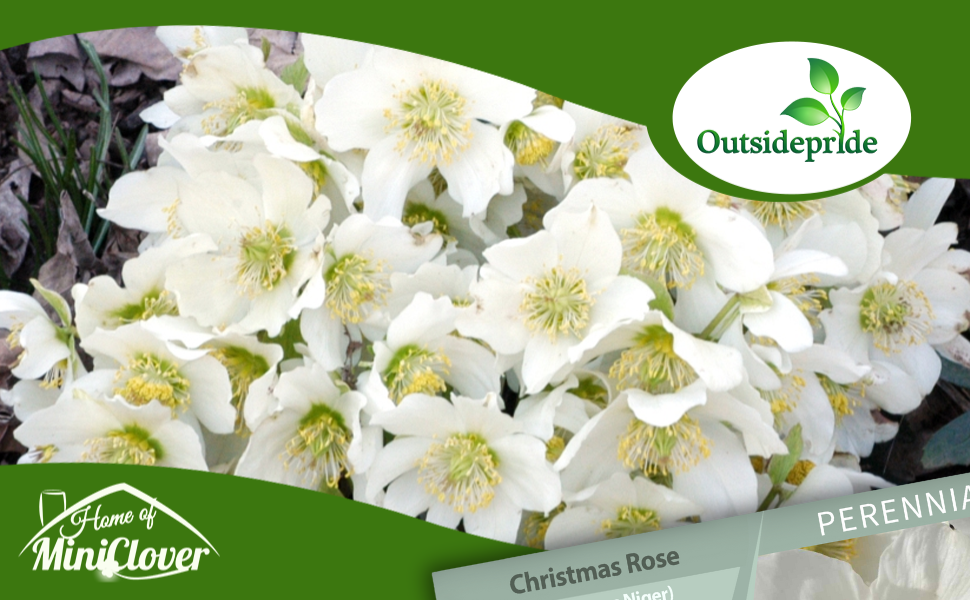
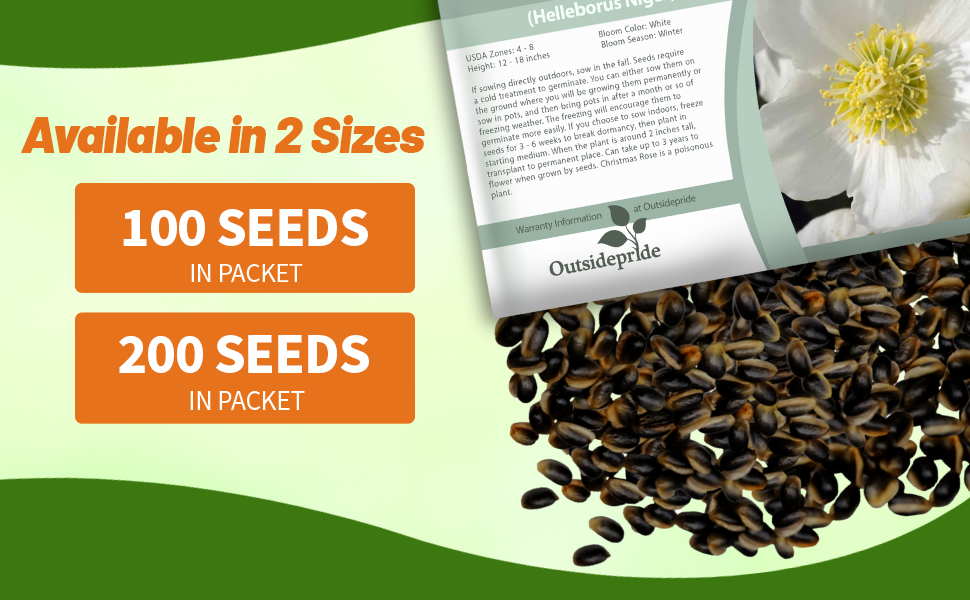
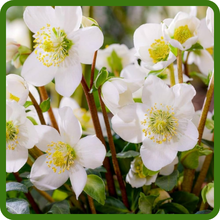
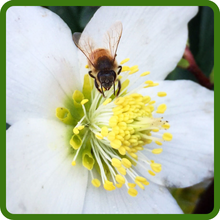

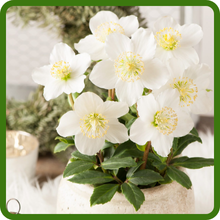
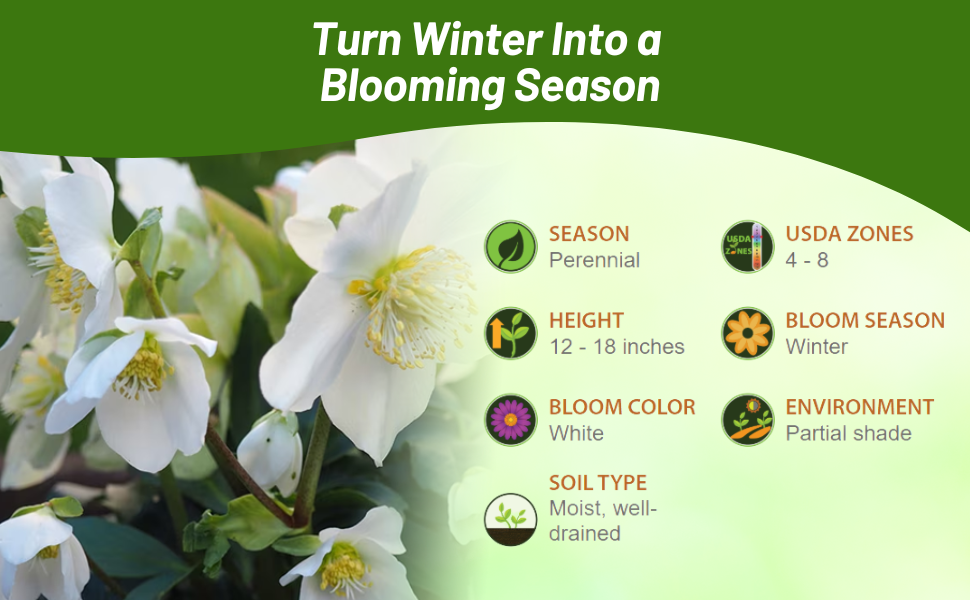

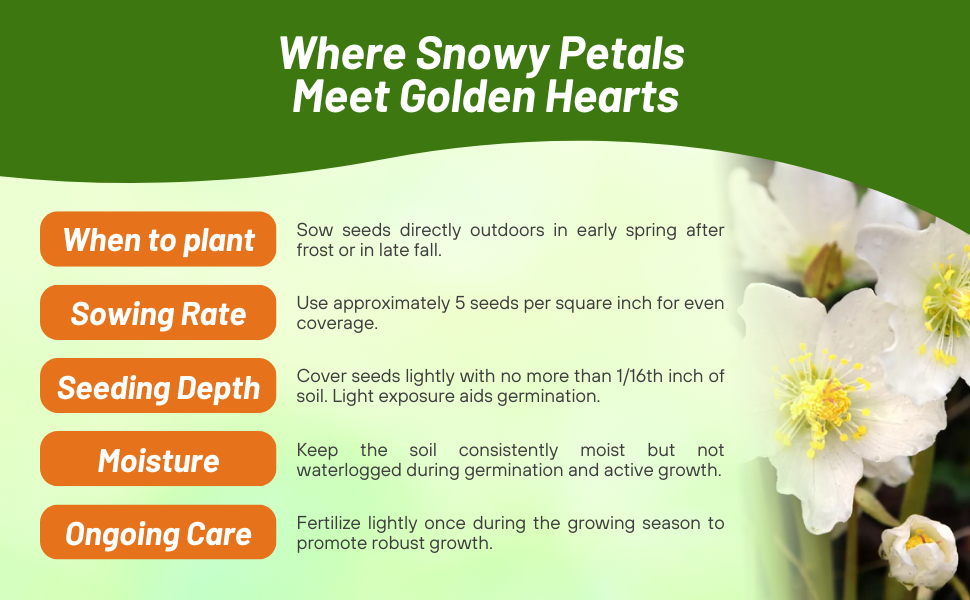
Christmas Rose (Helleborus Niger) - Christmas Rose seeds can be started to grow this unique ornamental that blooms in the winter. Helleborus Niger Christmas Rose has a rugged, coarse-textured, leathery, shiny green foliage that remains attractive year-round. The plant is stemless, herbaceous and can be used as a ground cover that reaches 12 - 18 inches tall and spreads about the same across.
Common Questions
Why is it called a Christmas rose?
Originally native to mountainous central Europe, Helleborus niger is commonly known as the "Christmas rose" because it flowers during the winter, typically around Christmastime in mild climates. According to old folklore, it was believed to have emerged in the snow, said to have grown from the tears of a young girl who had no gift to present to Christ in Bethlehem.
Will plants return each year?
Christmas roses are a perennial and will come back every year after dormancy when planted in the correct hardiness zones.
Where do Christmas roses grow best?
The Christmas rose thrives when planted beneath a deciduous tree. This positioning provides the ideal shade in summer and the necessary sunlight in winter. Selecting the right location with proper drainage, neutral to alkaline soil, and suitable lighting is crucial for maintaining healthy evergreen leaves and preventing crown rot disease.
Planting Directions
TEMPERATURE
64 - 72F
AVERAGE GERM TIME
14 - 28 days
LIGHT REQUIRED
Yes
DEPTH
Surface sow seed and press firmly into soil
SOWING RATE
2 seeds per cell or approximately 1000 seeds covers 20 square feet
MOISTURE
Keep seed in constant moisture (not wet)
SPACING
3 - 6 inches
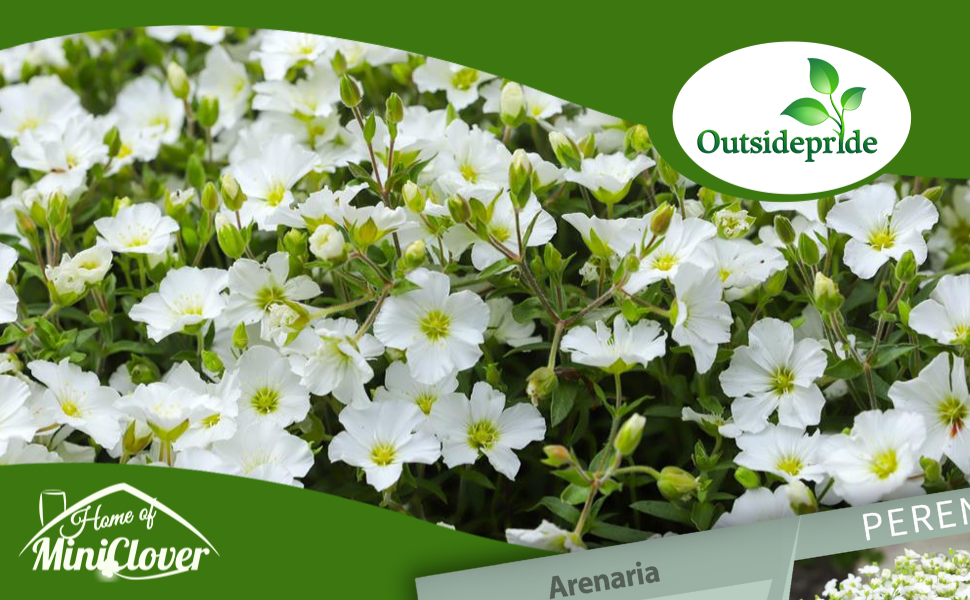
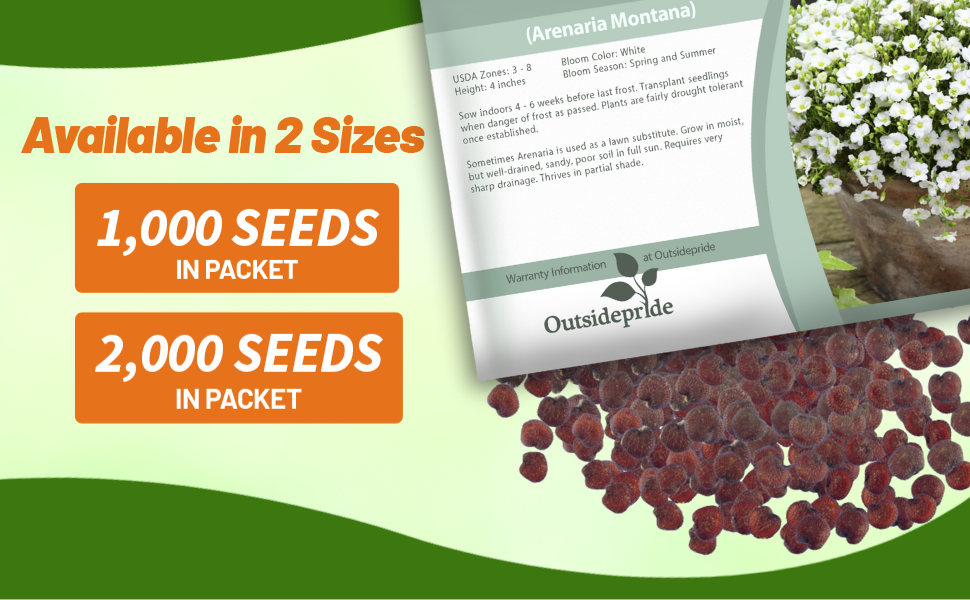
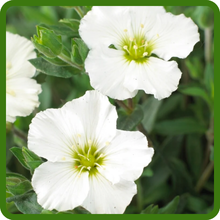
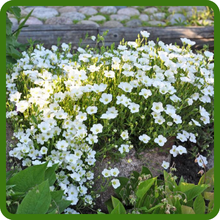
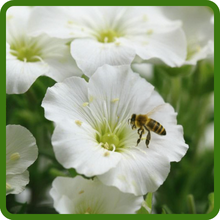
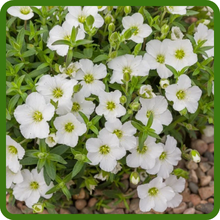
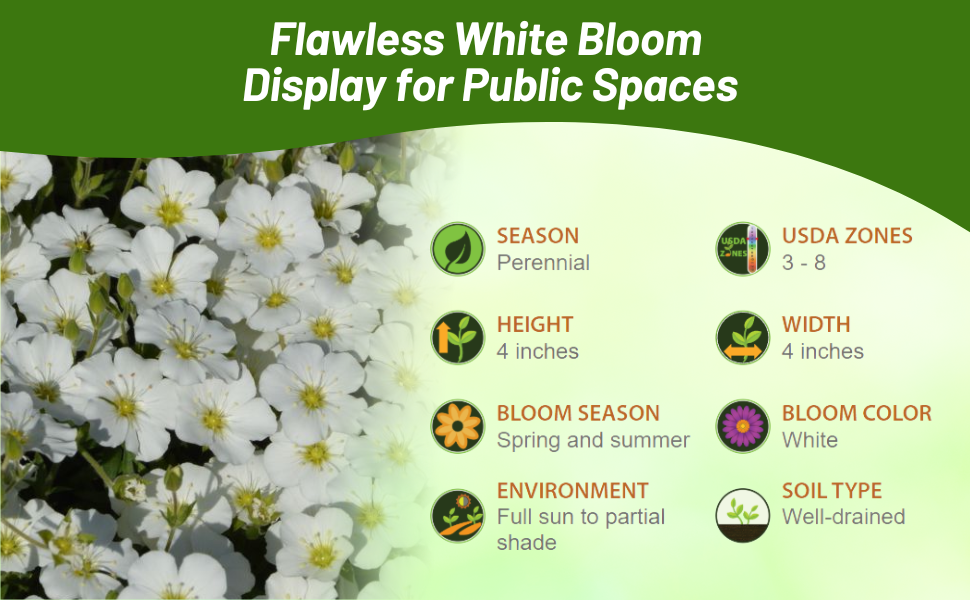
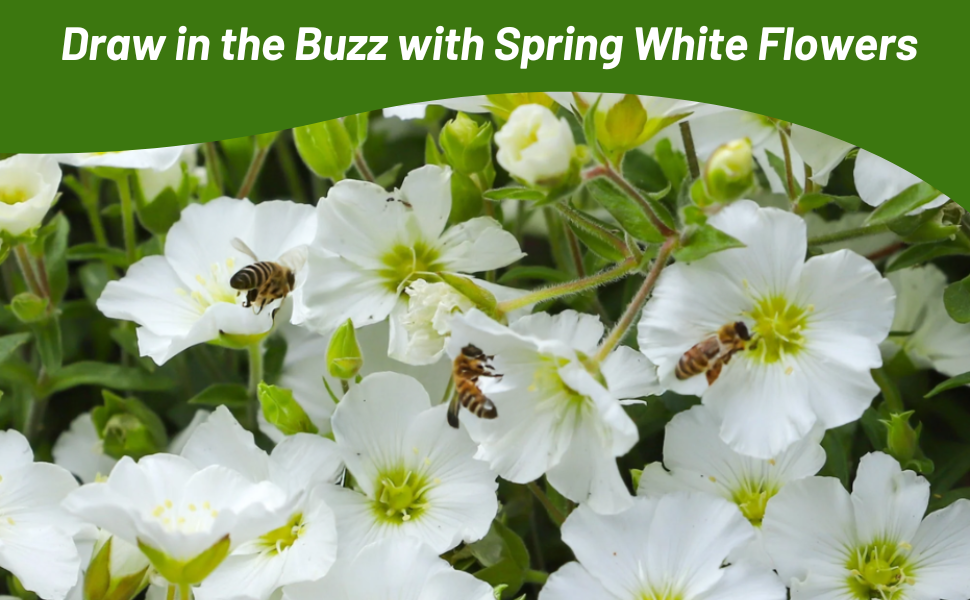
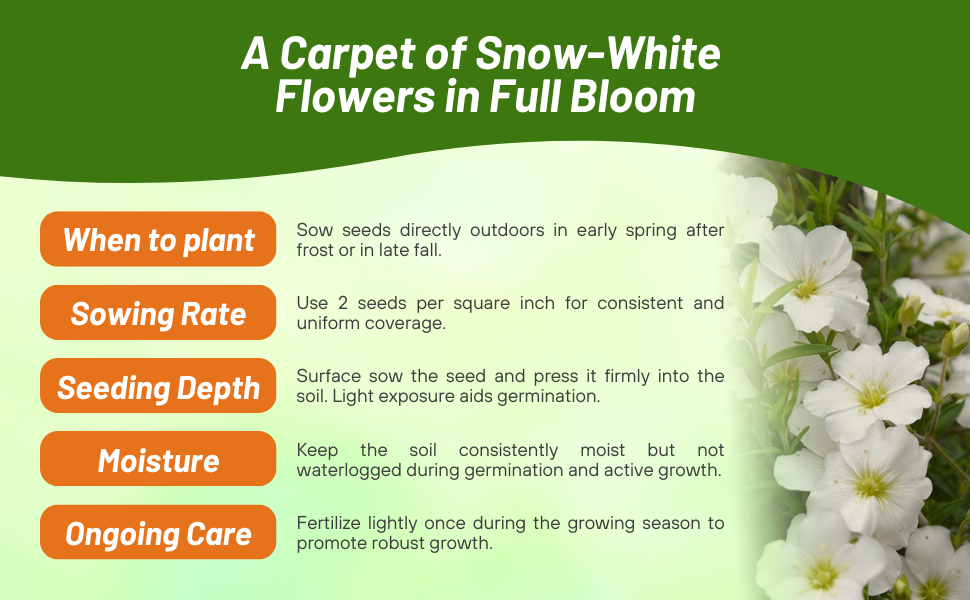
Arenaria (Arenaria Montana) - Establish this evergreen, low-growing, vigorous perennial with Arenaria Montana seeds. Arenaria Montana is a treasured alpine or xeriscape rock garden plant.
Common Questions
What are the common ways these plants are used in a landscape?
These plants are great for rock gardens, edging paths, between flagstones, on walls, or in containers.
What are some common companion plants?
Plants such as heuchera, alyssum and ajuga make great companion plants.
Are plants deer resistant?
Yes, deer tend to avoid these plants.
Planting Directions
TEMPERATURE
68F
AVERAGE GERM TIME
14 - 21 days
LIGHT REQUIRED
Yes
DEPTH
Cover the seeds with fine grit or compost to approximately their own depth
SOIL TYPE
Average to sandy well drained soils
SOWING RATE
4 - 5 seeds per plant
MOISTURE
Keep seeds moist until germination
Garden Gnome (Anacyclus depressus) - If you are looking for a unique, beautiful, mat forming ground cover then look no further then Garden Gnome ground cover plants only growing 4 - 6 inches tall. Also known as Mt. Atlas Daisy, Carpet Daisy, and Spanish Chamomile. Finely cut, green, fern-like leaves provide attractive folaige after the spring bloom of these daisy-like white blooms with petals often tipped crimson. Garden gnome will bloom all summer and best of all they hardly require any water as they are drought tolerant plants suitable for xeriscaping.
The flowers close at dusk and reopen in the morning on this mat-like ground cover from the mountainous northwestern corner of Africa. The green feathery fern-like foliage is beautiful in unto to itself and is a perfect backdrop to the closed flowerheads showing the red side of their petals. This rock garden plant prefers light to medium soils with good drainage. It dislikes excessive humidity. Let the seeds drop for even more plants next year or divide plant in Spring and split with a sharp spade. No pruning or fall care required for this low maintenace ground cover plant.
















